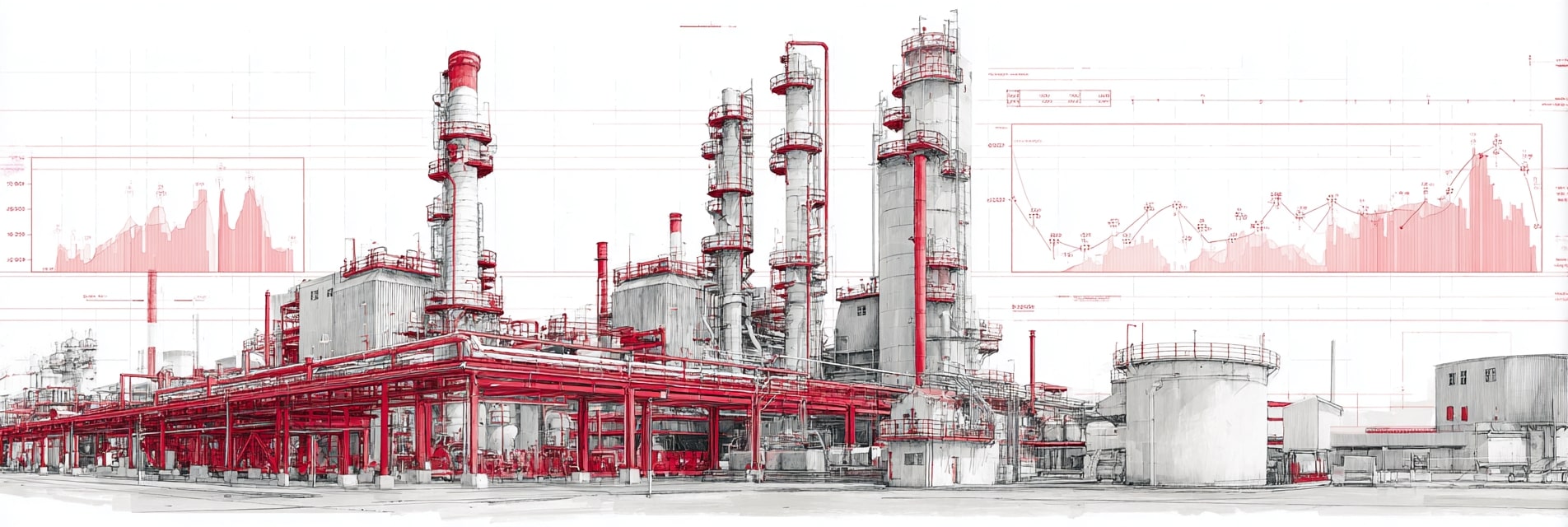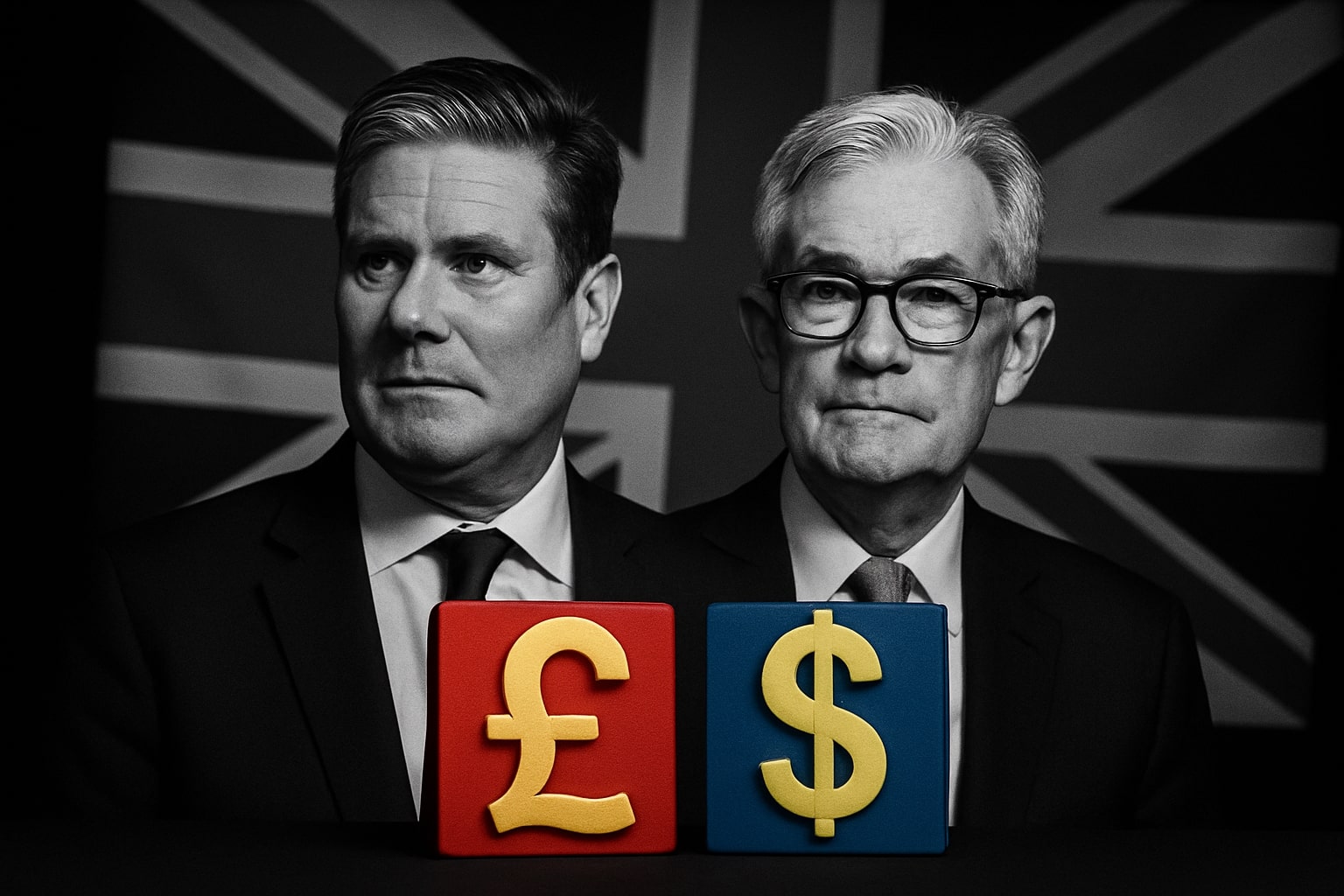
Gold Price Rockets to $2,983: Can XAU/USD Break $3,000 in 2025?
Amid escalating trade tensions and Fed rate cut bets, XAU/USD is inching closer to historic highs. What could propel gold prices to the $3,000 mark and beyond? | That's TradingNEWS
Gold Price Climbs Amid Trade War Fears and Fed Rate Cut Bets: XAU/USD Reaches Record Highs
The price of gold (XAU/USD) surged to new heights, with an ounce trading at $2,983.50 during the Thursday trading session, as heightened uncertainty surrounding U.S. President Donald Trump’s trade policies continues to bolster demand for the precious metal. Gold's steady rise, up 1.68% on Thursday alone, underscores the safe-haven status of the asset as geopolitical and economic turbulence deepens. Gold has gained approximately 10% since Trump's inauguration on January 20, and the price has seen an increase of $358 from the start of 2025, with 12 new record highs established this year.
Gold’s strong performance this year follows an impressive 27% increase in 2024, and it has already climbed 14% year-to-date, reflecting ongoing concerns about trade wars, inflation expectations, and potential Federal Reserve actions. The recent move to $2,983.50 follows a broader trend of increased interest in gold, with key factors including trade war fears, tariff hikes, and bets on Fed rate cuts helping to drive prices upward. Notably, gold started the year at $2,620 and has climbed steadily since, aided by continued political uncertainty.
Tariff Wars and Economic Uncertainty Drive Gold's Momentum
The new record highs in gold prices can largely be attributed to the latest trade war developments, with Trump’s decision to impose 25% tariffs on steel and aluminum imports creating fresh tension between the U.S. and the European Union (EU). The European Commission retaliated by imposing tariffs on $28 billion worth of U.S. goods, and Canada followed suit with its own 25% tariffs on more than $20 billion in U.S. imports. Additionally, Trump’s threats of new tariffs on alcohol imports from the EU added fuel to the fire, stirring fears of a global economic slowdown. These tariff battles exacerbate market fears of a trade war, pushing investors toward safe-haven assets like gold.
The uncertainty surrounding Trump’s trade policies has been compounded by inflation data that shows slowing price increases, which has led to increasing bets that the Federal Reserve will cut interest rates later this year. The PPI (Producer Price Index) for February showed a weaker-than-expected 0.2% increase, signaling a potential slowdown in inflationary pressures. As a result, market participants are now predicting that the Fed could lower interest rates by as much as 0.75% in the coming months, further strengthening the appeal of non-yielding assets like gold.
Gold's Technical Analysis: Potential for Further Upside
From a technical perspective, gold continues to exhibit strong bullish momentum, with the price holding steady above the $2,900 mark and approaching the key resistance zone around $2,956—its previous all-time high. On the daily chart, oscillators remain firmly in positive territory, signaling that further upside could be on the horizon. If gold breaks above the $2,956 level, it could set the stage for a move towards the $3,000 mark, with some analysts predicting a target price of $3,150 to $3,500 per ounce by the third quarter of 2025.
Gold’s steady climb has been reinforced by a combination of fundamental factors, including geopolitical uncertainty and softening inflation. The current pullback from record highs is expected to be short-lived, with investors continuing to push the price upward as they seek shelter from market volatility. Support for gold is anticipated around the $2,900 level, and a strong move above the psychological $3,000 threshold could accelerate further gains.
China’s Gold Purchases and ETF Demand Fueling Bullish Sentiment
China’s continued accumulation of gold has also contributed to bullish sentiment in the market. The People’s Bank of China (PBoC) added 5 tons of gold to its reserves in February, marking the fourth consecutive month of gold purchases. As of the end of February, China’s official gold holdings stood at a record 2,290 tons, accounting for 5.9% of its foreign exchange reserves. These consistent purchases by China, along with rising demand for gold-backed ETFs, particularly in China, signal robust investment interest in the precious metal.
In February, Chinese gold ETFs saw record-level inflows, adding $1.9 billion to their total assets under management. These inflows, combined with the strong performance of the gold price in both RMB and USD terms, have supported a bullish outlook for the metal. Analysts predict that ongoing geopolitical risks, coupled with the growing acceptance of gold as a hedge against inflation and political instability, will keep demand high in the coming months.
The Role of Gold as a Safe-Haven Asset Amid Economic Uncertainty
Gold’s appeal as a safe-haven asset is particularly evident in times of economic instability. With continued global trade tensions, potential tariffs, and an uncertain economic outlook, investors are flocking to gold as a store of value. The price of gold is also benefiting from a weaker U.S. dollar, which has further bolstered its attractiveness as a hedge against inflation. Although gold has encountered some pullbacks, its overall trend remains firmly upward, driven by strong demand and macroeconomic conditions that favor the precious metal.
In conclusion, gold remains one of the most compelling assets for investors seeking to mitigate risk amid ongoing geopolitical tensions and economic uncertainty. The path ahead for XAU/USD appears to be one of continued upward momentum, with analysts forecasting further price gains in the months to come, potentially pushing gold to $3,000 and beyond. The combination of trade war fears, expectations of a more dovish Federal Reserve, and strong demand from central banks and ETFs suggests that the price of gold will continue to thrive in the current market environment.
That's TradingNEWS
Read More
-
Intel Stock Price Forecast - INTC Shares 18A Breakthrough, $30.9B Cash, and U.S. Stake Signal $55 Upside
06.11.2025 · TradingNEWS ArchiveStocks
-
Ethereum Price Forecast - ETH-USD Finds Lifeline at $3,200 as Whales Accumulate $1.37B and MVRV Flashes Buy Signal
06.11.2025 · TradingNEWS ArchiveCrypto
-
Oil Price Forecast - WTI and Brent Crude Retreat Below Key Levels as Saudi OSP Cuts
06.11.2025 · TradingNEWS ArchiveCommodities
-
Stock Market Today - AI Stocks NVDA,AMD,QCOM Crash, Layoffs Spike, and Tesla’s $1 Trillion Vote Rattles Markets
06.11.2025 · TradingNEWS ArchiveMarkets
-
GBP/USD Price Forecast - Pound Holds Near 1.3060 Ahead of BoE Decision
06.11.2025 · TradingNEWS ArchiveForex


















